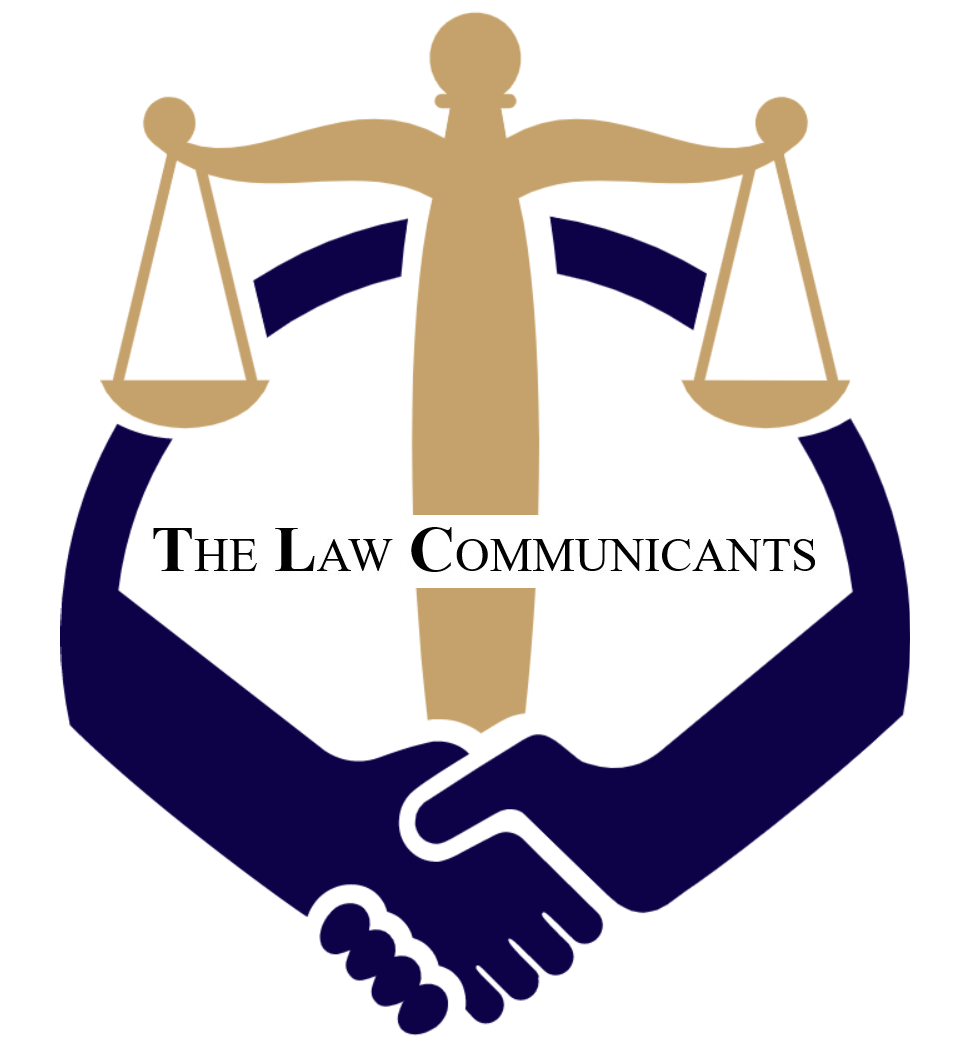Regulating Tradition: The Legal Framework Governing Traditional Medicine in India
Written by Samridhi Upadhyay
Table of Contents
- Abstract
- Introduction
- Historical Context of Traditional Medicine in India
- Legal Framework Governing Traditional Medicine
- Challenges in Regulating Traditional Medicine
- Recent Developments and Future Prospects
- Conclusion
- References
Abstract
Traditional medicine has been a part of India’s healthcare system for ages. Ayurveda, Unani, Siddha, and Homeopathy (collectively called AYUSH) have been used for generations. The Indian government has set up different laws and policies to regulate these practices, but there are still many challenges. This article looks at the legal side of traditional medicine in India, covering laws like the Indian Medicine Central Council Act and the Drugs and Cosmetics Act. Even though efforts have been made, issues like quality control, lack of scientific proof, and weak enforcement remain. The government has taken steps like creating the Ministry of AYUSH and working with the World Health Organization (WHO), but there’s still a long way to go. More research, better enforcement, and stronger connections between traditional and modern medicine are needed to make traditional medicine safer and more reliable.
Introduction
Traditional medicine has always been a big part of healthcare in India. Practices like Ayurveda, Unani, Siddha, and Homeopathy have been used for centuries. Even today, many people rely on these treatments. But with changing times, there’s been a need to regulate these practices to make sure they are safe and effective. The Indian government has introduced several laws and policies to manage traditional medicine, but the system is still far from perfect. This article looks at the laws and challenges around traditional medicine in India and what needs to be done to make things better.
Historical Context of Traditional Medicine in India
Traditional medicine in India dates back thousands of years. Ancient texts like the Charaka Samhita and Sushruta Samhita laid the foundation for Ayurveda. Unani medicine was influenced by Greek and Arabic traditions, while Siddha medicine developed in Tamil Nadu. Homeopathy, though not originally from India, has also become popular.
The government started regulating traditional medicine seriously in 1970 when it set up the Central Council of Indian Medicine (CCIM). This was meant to ensure proper education and licensing for practitioners. However, different types of traditional medicine require different kinds of regulation, which has made things complicated.
Legal Framework Governing Traditional Medicine
- The Indian Medicine Central Council Act, 1970
- This Act created the CCIM to oversee Ayurveda, Unani, and Siddha medicine.
- It set minimum standards for education and practice in medicine.
- However, enforcement has been weak, and many unqualified practitioners still exist.
- The Homeopathy Central Council Act, 1973
- It created guidelines for education and ethical practice.
- Homeopathy has grown in popularity, but many still question its effectiveness.
- The Drugs and Cosmetics Act, 1940 (Amended for AYUSH Medicines)
- Originally meant for modern medicine, this Act was later updated to include traditional medicine.
- It introduced quality control measures for Ayurvedic, Siddha, and Unani medicines.
- However, many small manufacturers still sell unregulated products.
- The National Policy on Indian Systems of Medicine & Homeopathy, 2002
- This policy aimed to bring traditional and modern medicine together.
- It focused on research, quality control, and standardizing medicines.
- Despite this, traditional medicine remains somewhat separate from modern healthcare.
- The National Commission for Indian System of Medicine (NCISM) and National Commission for Homeopathy (NCH), 2020
- These commissions replaced the older councils to improve governance.
- They were created to make traditional medicine more transparent and reliable.
- While this is a good step, there’s still a lot to be done in terms of real change.
Challenges in Regulating Traditional Medicine
- Lack of Scientific Validation
- Many traditional medicines are based on old texts rather than modern research.
- Some remedies are effective, but others lack proper scientific backing.
- Because of this, many doctors don’t trust traditional medicine.
- Quality Control Issues
- Many traditional medicines are sold without proper testing.
- Some contain harmful substances or are mixed with other chemicals.
- This makes it hard for consumers to know which products are safe.
- Integration with Modern Medicine
- Even though policies encourage integration, AYUSH and modern doctors usually work separately.
- Many allopathic (modern medicine) doctors don’t accept AYUSH treatments.
- There needs to be better collaboration to make traditional medicine more credible.
- Enforcement Gaps
- Even though there are rules, they are not always followed.
- Many people practice traditional medicine without proper licenses.
- This puts patients at risk and makes regulation difficult.
- Intellectual Property and Bio-Piracy
- Many Indian traditional remedies have been patented by foreign companies.
- Efforts like the Traditional Knowledge Digital Library (TKDL) have been made to prevent this.
- However, India still needs stronger legal protections to stop bio-piracy.
Recent Developments and Future Prospects
- Increased Government Support
- The Ministry of AYUSH was set up in 2014 to focus on traditional medicine.
- Programs like the AYUSH Health and Wellness Centers aim to make these treatments more available.
- Growing Global Recognition
- The World Health Organization (WHO) has recognized the importance of traditional medicine.
- India has partnered with WHO to create the WHO Global Centre for Traditional Medicine in Gujarat.
- This could help India promote its traditional medicine worldwide.
- Need for More Research and Standardization
- There needs to be more scientific research on traditional medicine.
- If AYUSH and modern medical researchers work together, it could help improve credibility.
Conclusion
Traditional medicine is an important part of India’s healthcare system. The government has introduced many laws and policies to regulate it, but challenges remain. Issues like weak enforcement, lack of scientific proof, and poor quality control need to be addressed. The Ministry of AYUSH and collaborations with WHO are steps in the right direction, but more needs to be done. By improving research, strengthening regulations, and integrating traditional and modern medicine, India can make traditional medicine safer and more effective for everyone.
References
- The Indian Medicine Central Council Act, 1970.
- The Homeopathy Central Council Act, 1973.
- The Drugs and Cosmetics Act, 1940 (as amended for AYUSH medicines).
- National Policy on Indian Systems of Medicine & Homeopathy, 2002.
- The National Commission for Indian System of Medicine (NCISM) and National Commission for Homeopathy (NCH) Act, 2020.
- Ministry of AYUSH, Government of India, official reports and policies.
- World Health Organization (WHO), “Traditional Medicine Strategy 2014-2023.”




